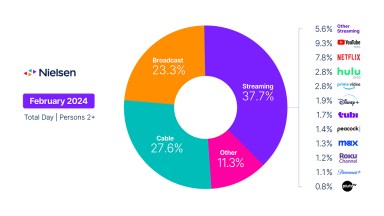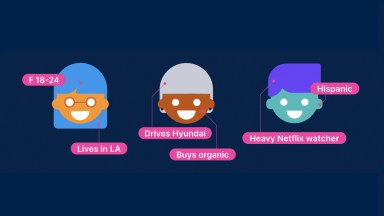During times of economic slowdown, optimizing ad spend without sacrificing revenue should be every marketer’s goal. To do that, an understanding of what drives ROI for your target region is needed, but if you’re only focusing on campaign execution, you’re missing half the picture. In addition to identifying executional ROI drivers—things like budget planning, media channel allocation and in-flight campaign optimization—to maximize returns, marketers need an understanding of the environmental ROI drivers influencing their campaigns.
Environmental drivers are outside of a marketer’s control and are market-specific—like competitive landscape and consumer dynamics—but they nevertheless have an impact on ad performance. Look to these drivers of ROI to unlock insights that can lift performance.
Top Environmental ROI drivers
Brand size and category dynamics
The larger the brand and the larger the category, the more opportunity there is to drive incremental purchase through effective marketing and media. In fact, Nielsen Compass data has found large brands typically have media ROIs that are about 3.5X those of small brands.
For marketers managing small brands this means that, while bigger brands will have an advantage, there is also tremendous value in investing in the growth of smaller brands, as ROIs will grow in line with the brand.
Other aspects to consider are the level of competitive activity (media landscape) and elasticity of consumption (consumer demand), both of which can impact cost and ROI. Highly-competitive categories, for example, might produce lower ROI since there is more competition for the same volume, driving up costs. Categories with inelastic consumption, or a more fixed consumer demand, like durables or toilet paper, face similar struggles in crowded markets. On the other hand, more elastic categories like snacks or beverages provide opportunities for increased consumer demand and, in turn, increased sales and higher ROI.
Media environment dynamics
While marketers can do things to manage cost in terms of channel optimization, variations in media cost by geographic market can throw a wrench into even the most carefully-planned budget. Media channel penetration, effectiveness and even consumer viewing preferences can vary from market to market, all affecting media cost and potential returns.
The average cost per impression in some markets, for instance, can be up to 7X higher than other markets for the exact same tactic1. And in markets with heavy viewership on ad-free platforms, average costs for advertising can surge substantially due to limited supply.
Market Economic Opportunity
ROI can also be impacted by the economic opportunity afforded by a particular geographic location. Countries with larger populations, higher gross domestic product (GDP) and lower unemployment are more likely to produce higher ROIs. For example, the U.S. is one of only 17 countries with a GDP of $1 trillion or more, and when combined with an unemployment rate below 5%, ROI potential is higher in the U.S. than in regions that have smaller economies or higher unemployment. Importantly, the magnitude of difference in these metrics will impact potential returns from market to market. So, while the U.S. and Indonesia both have GDP over $1 trillion, the U.S. economy is more than 19X larger, which is a significant difference when measuring ad spend impact.
Understanding the impact that environmental ROI drivers have and properly accounting for that leads to more accurate ROI estimates. Nielsen predictive ROI (PROI) data found that data-driven predictions were up to 65% more accurate than using norms and benchmarks alone.

Because environmental ROI drivers change from market to market, accounting for their impact when predicting outcomes—and accurately measuring campaign performance—are critical for advertisers. Those able to identify top ROI drivers for their markets and adjust ad spend accordingly see impressive results. The Nielsen Compass Database shows that top markets can have returns that are 3-6X higher than bottom markets for the same tactic, and at the regional level, the difference between a high and low performing region can be up to 85%.
Notes:
- Nielsen Compass database



